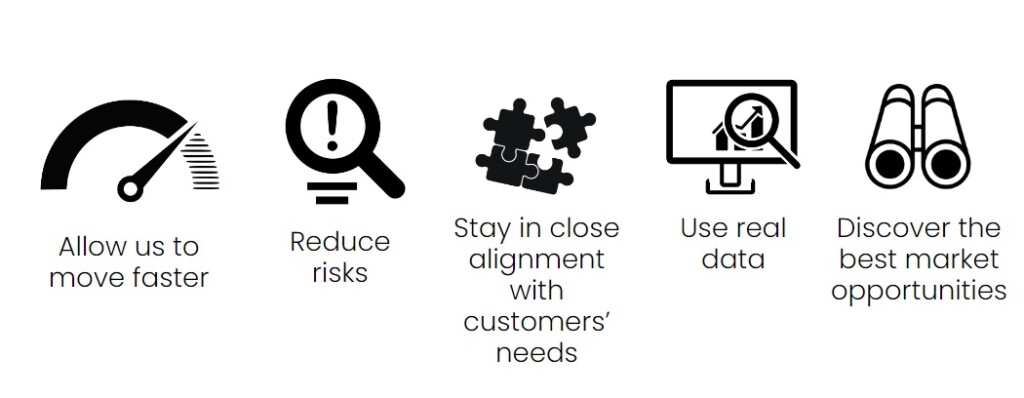
Are you an early-stage startup founder looking to validate your idea?
As an aspiring entrepreneur with a brilliant idea, the excitement of diving into the world of startups can be overwhelming. However, before you invest your time, money, and energy, it’s crucial to ensure your startup has a solid foundation.
Market validation is an essential step for early-stage startup founders, particularly those still in the idea phase. By thoroughly evaluating the potential success of your idea, you can minimize risks and confidently move forward with your business. In this article, we’ll share the importance of market validation and provide valuable insights to help you lay the groundwork for success.
What is market validation?
Market validation is the process of evaluating the potential success of a business idea or product in the market. It involves assessing the demand, target audience, and competition to determine if the idea is viable and has the potential to generate revenue. The primary purpose of market validation is to minimize the risk of failure. This is done by identifying potential issues or gaps in the market early in the development process. This allows entrepreneurs to make informed decisions, save time and resources, and refine their ideas to better align with market needs and expectations.
Market validation is important because:

How do you validate your idea as an early-stage startup?
There are three types of market validation for various development stages:
Guerrilla testing, which is quick and low-cost, aims to rapidly identify issues and areas for improvement; indicative testing requires more time and money but provides in-depth insights for better product development and strategy; and high-fidelity testing involves a full team and a larger budget to use polished product versions for gaining accurate insights, optimizing offerings, and enhancing success chances.
In this article, we will be focusing on the guerilla testing method.
Guerrilla testing is a way to test ideas quickly and get feedback from a large number of people. It can be done anywhere—at a nearby shopping mall or through social media. Its advantage is that you are able to validate or invalidate early assumptions for your early-stage startup.
Here are some ways to conduct guerrilla testing for market validation:
In-person interviews: Approach potential customers in public places such as coffee shops, parks, or malls and ask for their feedback on your idea, product, or service. Prepare a list of questions or topics to guide the conversation.
Online surveys: Create a short survey using free tools like Google Forms or SurveyMonkey and share it with your target audience through social media, email, or online forums. Collect feedback on your idea and analyze the results to identify patterns and trends.
Social media polls: Use platforms like Twitter, Facebook, or Instagram to create polls related to your startup idea. This can help you gauge interest and gather opinions from your target audience quickly.
Landing pages: Design a simple landing page that showcases your product or service idea. Do include a call-to-action (CTA) for visitors to sign up for updates or to provide their contact information. Monitor conversion rates and analyze user behaviours to gather insights.
Paper prototyping: You can create a physical or digital prototype of your product or service and ask potential customers to interact with it. Observe their reactions, ask for feedback, and identify any issues or areas for improvement.
Informal focus groups: Organize a small group of potential customers to discuss your idea, product, or service. Ask open-ended questions to encourage conversation and gather valuable insights.
Public demos or presentations: Hold a live demo or presentation of your product or service at a local event, meetup, or conference. Engage with the audience, collect feedback, and answer any questions they might have.
Once your testing is complete, it’s time to collect data, identify usage patterns, and analyze the findings with your team. The findings will allow you to take relevant actions and do more research on the areas that are not clear.
Remember, simple feedback from your audience is better than none at all, especially now that you’re in the initial stages of launching your startup.
Want to learn more about how to launch and scale your startup?
Then why not sign up for Alpha Startups™ Online? This is a self-paced online course, similar to a pre-accelerator program, designed to move start-ups from zero to one.
Click here to get started today, https://1337.ventures/asda/
Good luck with your journey!




